Some of my blog readers already know about Veena Parrikar, the incredible and generous lady who sent me gifts in appreciation of ‘Mahanandi’. Veena and her husband recently visited Land of Fire and Ice – Iceland. One may wonder why Iceland? If you are like me, the first question might be “What were the food traditions there”? When I requested her for a guest post, she kindly agreed to share her Iceland experience with me and with Mahanandi readers. I thank Veena for writing this wonderful article and sharing some beautiful pictures from Iceland with us. ~ Indira
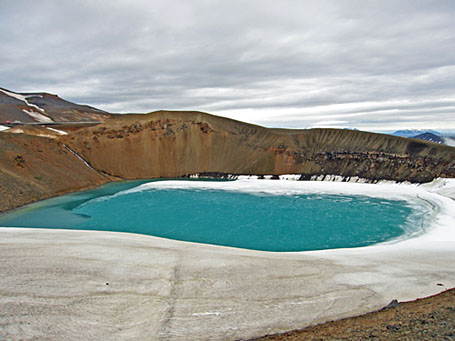
The Colors of Iceland ~ Viti Crater
Last month, we visited Iceland for the first time. Except for a couple of days in the cities of Reykjavk and Akureyri, most of our trip was spent driving around the country, with stops in small towns and villages along the way. We drove for nine days, for the most part on the Ring Road that encircles the island, starting from Akureyri (Iceland’s second-largest city situated in the north, only 60 miles or so south of the Arctic Circle), heading east to Lake Mvatn, then along the eastern fjords towards southern Iceland, then a foray into the interior Highlands to the wondrous Landmannalaugar, finally making our way back to Reykjavk.
One of the great philosophers said that a man travels round the world in search of what he needs and returns home to find it. There are some things in Iceland that could probably never be experienced in the countries I call home (India and United States). Some are obvious – Nature in her most beautiful forms, yet so capricious, so forbidding, so untamed that it strikes fear in one’s heart. Others are not so obvious:
* It is the last inhabited unpolluted space on the earth. The environment and water are so pure and clean that they permeate every food item grown and prepared in Iceland, from the dairy products, chocolate, bread, and vegetables to the fish, lamb and other meat products.
* Very few places in the world can claim the silence, stillness and isolation one experiences in many parts of Iceland. There is not even the rustling of trees or the soft, muted noises made by tiny critters. The silence is so palpable that it envelops your ears and wraps itself around your mind like a thick fog, blurring out all mundane details.
* One encounters public rights in Iceland, a term that one forgets after years of living in the United States. Our tour guides informed us that travelers may walk into any farm or land and spend one night without the owner’s permission; for more than one night, you have to seek permission. Even in the most isolated of areas, we could walk into a farm or an open-air bakery and take pictures without fear of being questioned or shot at.
* The concept of tipping does not exist. No tips are given and there is no expectation of one -not in hotels, not in restaurants, not for taxis, nowhere! No bellboys hovering outside the hotels to take your luggage – you haul your own, which is the way I prefer it.
As anyone with a penchant for food is wont to do, I try to learn about the culinary specialties of any place that I intend to visit (after all, the best souvenirs are to be found in the local farms or grocery stores!). To a foreigner and a vegetarian at that, many of Iceland’s traditional dishes might sound rather extreme: H?karl ?”rotten” or cured shark, Svi? ? singed sheep’s head, and blood pudding to name a few. Oddly however, I felt neither disgust nor nausea when I came across some of these items. Iceland’s traditional cuisine was shaped by the exigencies of their land and harsh environment, where they could afford to waste nothing from the few food sources available. Iceland’s meat production entails none of the mechanized and beastly practices that are the hallmark of North American meat industries.
Iceland’s dairy products meet, no, surpass the highest standards of good taste and quality. Icelandic sheep and cattle breathe unpolluted air, graze on pure pastures, and are not subjected to cross-breeding, antibiotics or hormones. I was somewhat apprehensive about the vegetarian fare in Iceland, and had gone armed with packets of heat-and-eat food products. These quickly became unpack-and-throw products once we discovered the simple, yet extraordinarily flavourful vegetables-and-cheese sandwiches and soups in even the most unassuming caf’s. We found three Indian restaurants in Reykjavik – Shalimar (of course!), Indian Mango (which, to our pleasant surprise, was run by a Goan, George Holmes), and Austur India Fjelagid (“East India Company”). The last one, said to be the northern-most Indian restaurant in the world, was exceptional. As for souvenirs, I came back with Icelandic cheese, locally prepared rhubarb jam, which is absolutely delicious and not very sugary, and Icelandic milk chocolate.
Some scenes are forever etched in my memory. The sight of Mjifjrur the most remote and beautiful of Iceland’s fjords, with a population of 35, after a harrowing drive on a one-lane dirt track where every turn was a hairpin bend. The wild white reindeers that appeared on a mountain ledge out of the fog like some mythical creatures, unfortunately, or perhaps, fittingly so, we do not have pictures of this scene as it would have been dangerous to stop given the bad weather and treacherous winding road. The colony of white swans in a lake encounted briefly one dusky midnight when it still looked like twilight*; the eerie silence broken by their strange, bugle-like calls to each other. Like phrases from an exquisite melody only once heard, these scenes return to haunt the mind long after all tangible evidence of the visit has been either eaten or stored away in a closet.
* Iceland has 24 hours of daylight in the summer.
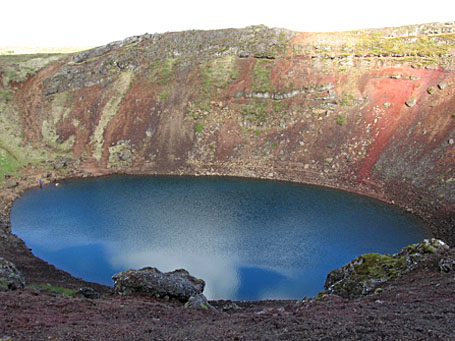
Keri, an explosion crater, around 3000 years old.
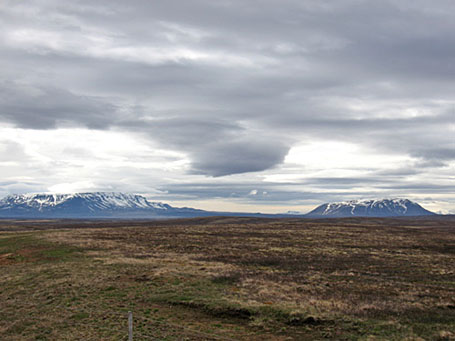
On the way to Lake Myvatn.
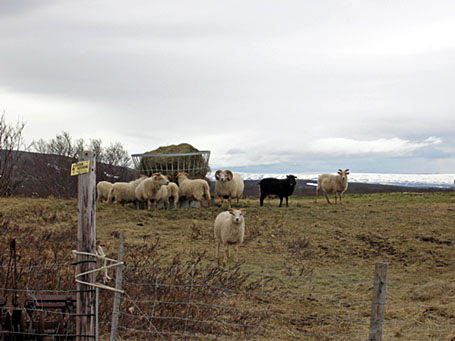
Sheep grazing in a field at Lake Myvatn – a very common sight in Iceland.
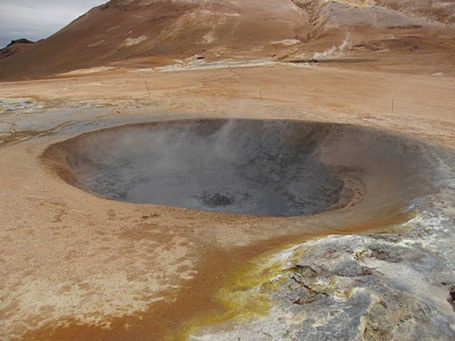
Close-up of a bubbling mud pool at Hverarnd.
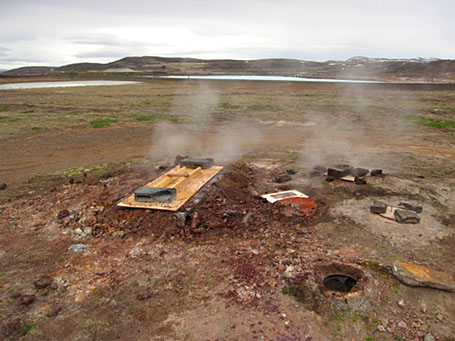
Underground baking ovens near Bjarnarflag Thermal Station, where hverabrau, a traditional rye bread is slowly baked for over 20 hours using geo-thermal energy.
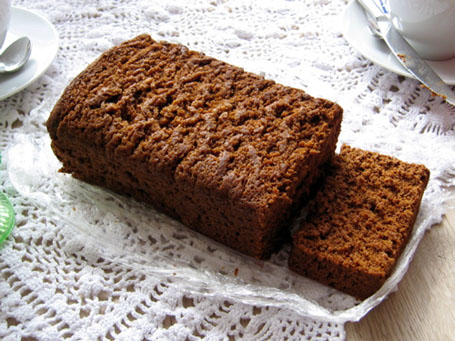
Hverabrau (traditional rye bread), which we were lucky to get fresh and warm out of the oven.
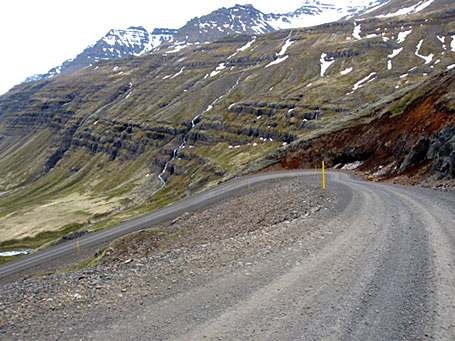
One of the hairpin bends on the way to Mjifjrur.
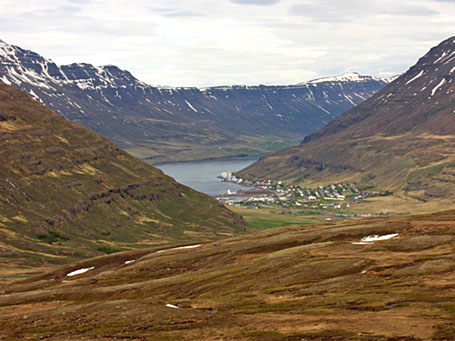
Arriving into Sey?isfj?r?ur, the most picturesque among the fjords of Eastern Iceland.
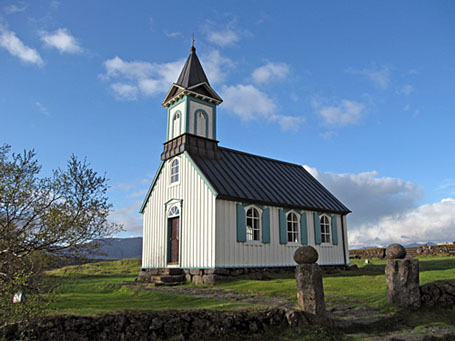
ingvallakirkja (1859), the beautiful church at ingvellir, the site of the world’s first parliament.
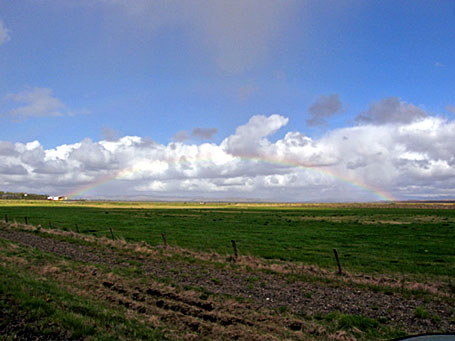
Rainbow near ingvellir. We saw five full rainbows on the same day!
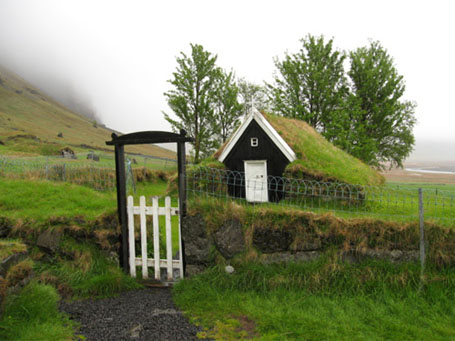
The 17th century “house of prayer” at Npsstaur, a small farm in Southern Iceland. According to this site, the same family has lived on this farm since 1730.
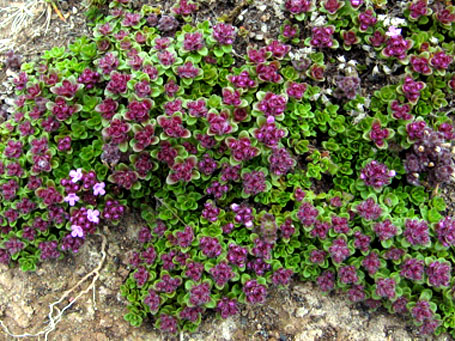
Summer flora in Iceland.
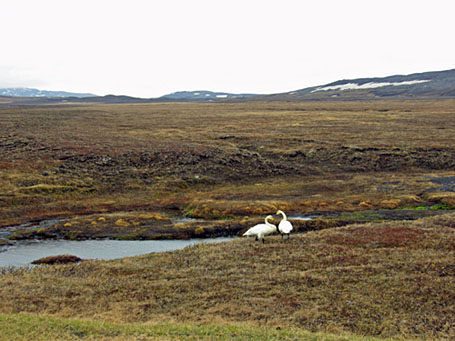
After driving miles and miles with not a sign of life in sight,
this lone couple of swans reminded us that we were still on Earth.
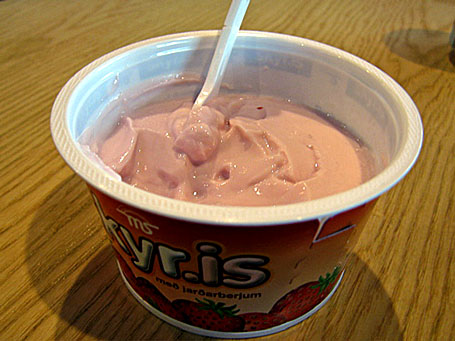
Is it yogurt? Is it cheese? This is skyr, one of Iceland’s traditional delicacies. May be available in some parts of the United States
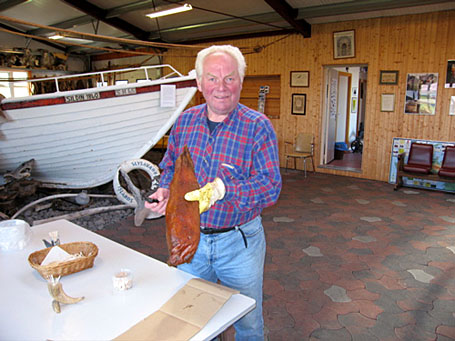
Hkarl (Preserved Shark) ~ An Icelandic Tradition
Fisherman Hildir showing us his hkarl at his farm in Bjarnarhfn. He regretfully informed us that the traditional occupation of fishing and preserving shark is declining.
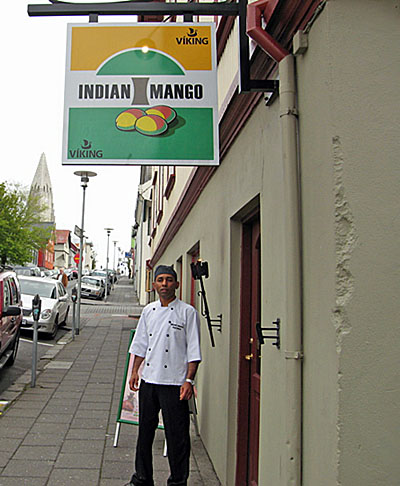
Chef George Holmes outside his restaurant “Indian Mango”
My husband was thrilled to bits meeting him – imagine bumping into a fellow Goan in Iceland!
~ Guest Post by Veena Parrikar
